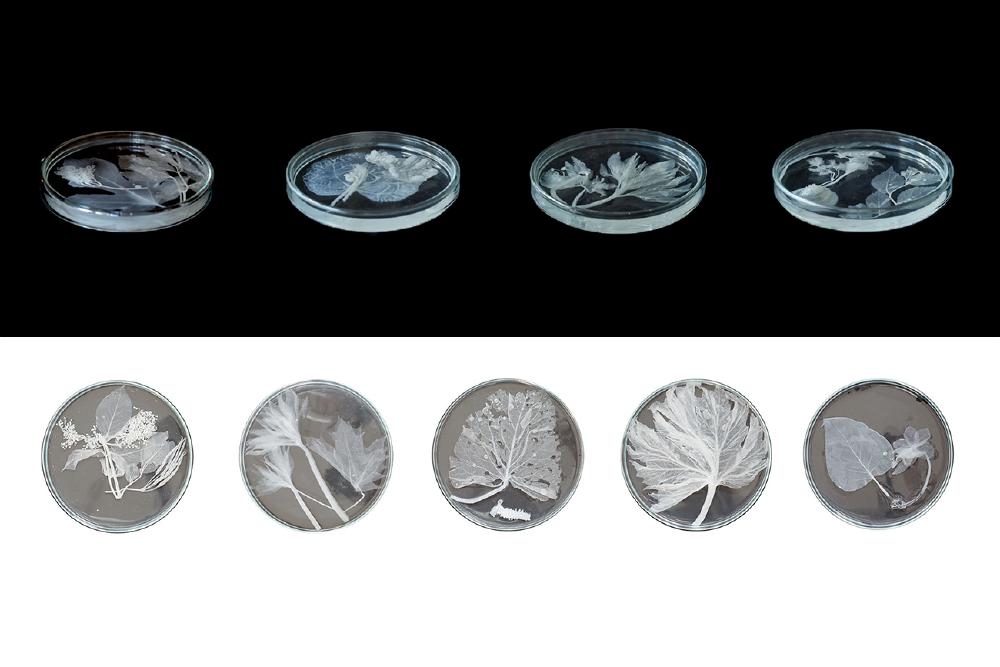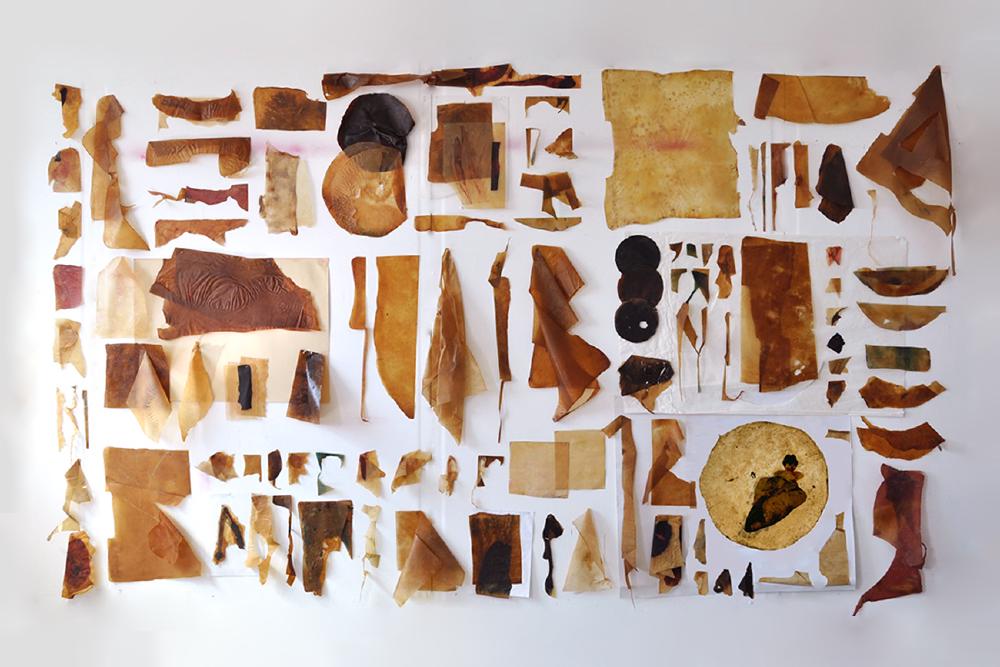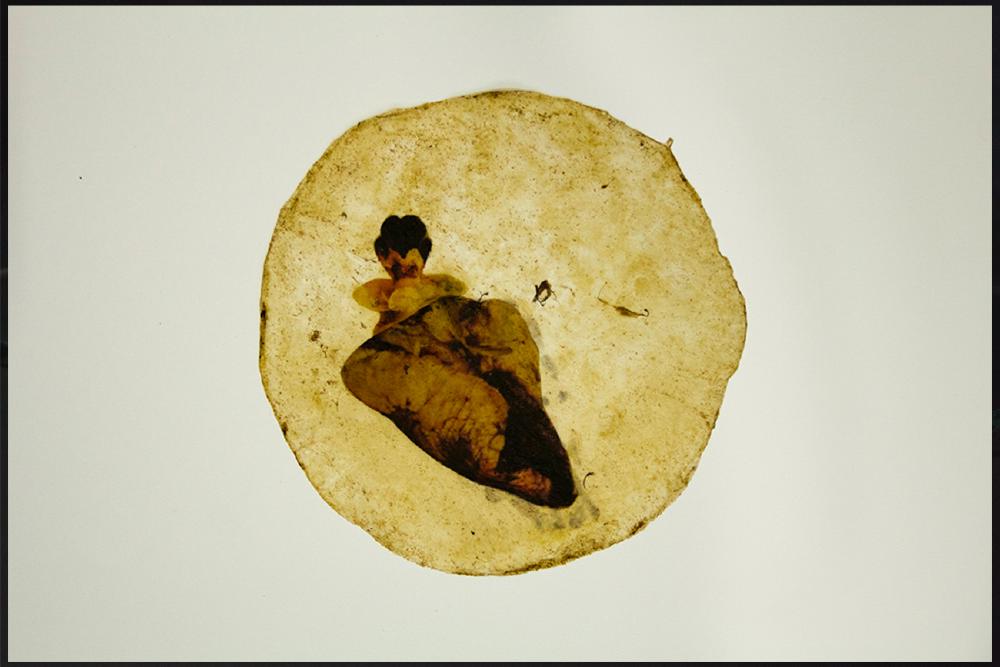AfterLife
Installation | 2024
Life is sustained by the constant exchange of matter and energy with the environment. Cells regenerate, nutrients are absorbed, waste is expelled, all while organisms maintain their overall functions and structure. This ability to sustain integrity and identity despite constant material flux, this physical perpetual change of components, is a fundamental characteristic of life. From an observer’s perspective, life appears as a dynamic process, a complex we witness through changes in form, behaviour, and interaction with the environment. But when this process breaks down, when the organism can no longer maintain its integrity, the vibrant dance stops. All that remains is the description – the scientific observations, the digital record, the memory – a third-person perspective of a life that once thrived.
Afterlife installation explores the observation of natural life through a real-time microscopic projection of microorganisms in pond water that serves as inspiration for a synthetic ecosystem designed to give them a double digital existence. Within this simulated environment, they can adapt and potentially diverge from their natural evolutionary path.This is where fiction comes into play. The digital space allows for the creation of new evolutionary paths, new timelines, and new behaviours.
The key distinction lies in the environment – natural life depends on the ever-changing natural world, while artificial life inhabits controlled, predictable environments.
Credits: programming: Cristian Balas









































